What Diseases and Pests Attack the Cherimoyo? [Identify and Treat]
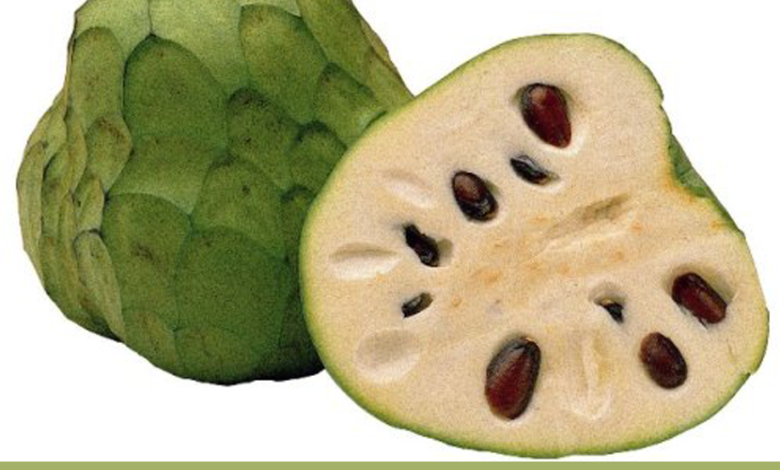
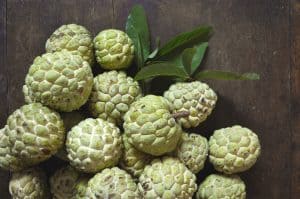 The custard apple is a fleshy, sweet fruit that is grown in many parts of the world. Although the tree is small, it can be attacked by diseases.
The custard apple is a fleshy, sweet fruit that is grown in many parts of the world. Although the tree is small, it can be attacked by diseases.
Cherimoya diseases are varied and it is important to know each one separately to have the opportunity to treat them.
Crops are often lost due to not having good information on how to deal with bacteria or fungi.
So we have decided to prepare this guide with which to keep your trees well protected and with crops that make you very proud.
Moniliasis
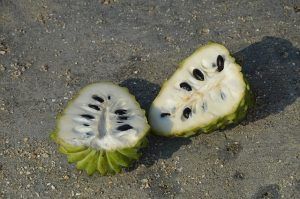 When moniliasis attacks a custard apple, the result will be a series of dried fruits known as mummified.
When moniliasis attacks a custard apple, the result will be a series of dried fruits known as mummified.
This causes part or all of the harvest to be lost.
The worst part is that the fungus that produces it (Monilia fructícola) is capable of withstanding all seasons without being altered.
In this way it will be prepared to attack the new crop, affecting leaves, flowers and fruits.
It is essential to know that Moniliasis is more harmful when the environment is highly humid.
Treatment for Moniliasis in cherimoya
The control of this cherimoya disease will happen by working with a good chemical product with fungicidal action.
This should contain a high level of phosphorus.
In addition to that, it should be avoided that there are puddles around the plant that can serve as a support for the fungus.
If the soil does not have good drainage, it will be necessary to help it remove excess moisture.
Anthracosis (Colletotrichum gloeosporioides)
- The fruits of the custard apple have small dark brown spots. They may coalesce and show larger spots.
- Black dots can be seen on the lesions, forming concentric circles.
- When there is excess moisture, pink masses are formed that correspond to the spores of the fungus.
- A fruit with an advanced state of anthracosis presents cracks, which penetrate the fruit pulp, and favor the entry of other fungi, thus affecting the quality of the custard apple.
- When an insect attack occurs before anthracosis appears, the fruit generally remains mummified on the tree.
gray stain
- It affects the leaves and fruits, of little importance due to its low incidence.
- How to detect it: It produces grayish-brown circular spots accompanied by a chlorotic halo. When they coalesce, they are irregular in shape and frequently appear on the edge of infected leaves and can cover a large part of the leaf surface.
- Solution: The solution is usually to prune our cherimoya frequently and apply fungicides , such as copper oxychloride.
Gray mold on flower or Botrytis cinerea
- What causes? Flower damage. It is associated with Cladosporiium, and causes necrosis and flower drop.
- How do we detect it? The fruit can come infected from the field and in storage the rot develops quickly and spreads to other cherimoyas.
- Solution: In advanced lesions, parts of the fruit become soft and grayish mold develops. The fruit is lost. The solution is usually to prune our cherimoya frequently and apply fungicides , such as copper oxychloride.
neck rot
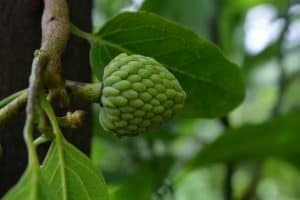 Another of the diseases of the cherimoya is presented with the well-known neck rot.
Another of the diseases of the cherimoya is presented with the well-known neck rot.
It is also caused by a fungus that inserts itself into the structure of the plant through open wounds.
Among the symptoms it generates is the loss of matter from the tissues, which takes away the strength of the plant.
This condition is known as necrosis.
In addition, the plant tends to lose its characteristic green color.
If not treated in time, it can cause the total death of the plant, acting directly from the roots.
Treatment of neck rot in cherimoya
To treat plants affected by neck rot , chemical products approved for this purpose must be applied.
On the other hand, it will be necessary to offer direct attention to the roots, removing those that are affected.
Those that have been left healthy, in this case, will have to be covered again with good soil and apply a fungicide.
root rot
It is a disease that is generated in places where trees are planted on land with little drainage.
It is also known as Armillaria in honor of the fungus that produces it.
Among the main symptoms it produces is the discoloration of the green areas of the plant, such as the leaves.
This, in turn, causes them to fall and then the tree loses the most appropriate conditions to develop fruit production.
As for the fruits, the most common is that they dry up, remaining in a state of mummification.
Treatment of root rot in cherimoya
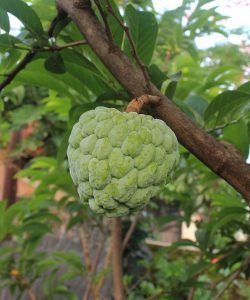 In order for the plant to have the chance to develop normally again, the dried fruits must be removed.
In order for the plant to have the chance to develop normally again, the dried fruits must be removed.
These must be eliminated in the most suitable way possible, preventing them from contaminating other trees.
Another strategy that will also help greatly is to apply a sulfur -based fungicide.
With this action you will be preventing the appearance of this and many other diseases.
fruit fly
Although it is not a disease as such but rather would be classified as a plague, it is one of the most harmful for cherimoya.
It attacks the fruits directly, subtracting value from their possibility of consumption.
Like most pests, it creates holes in the skin that can extend to the inside of the fruit.
But it does not attack any type of custard apple, but rather makes an effort to work with those species that have a thinner skin.
This causes a large number of units to be lost when it starts to affect.
Fruit fly treatment on cherimoya
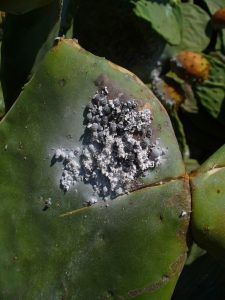 To deal with the fruit fly, different actions are followed, such as the use of a fungicide.
To deal with the fruit fly, different actions are followed, such as the use of a fungicide.
Those with a spray action and with an ecological condition can eliminate certain types of fruit flies.
Another good technique consists of the correct visualization of the fruits while they are ripening.
This action allows you to determine the exact moment when it attacks and then be able to make an early harvest.
Chirimoya diseases are not so frequent and that is why the people who plant it do not need more care.
But should any of the types seen here attack, a quick response will be the only chance to save the tree and its fruits.
cottony mealybug
The cottony mealybug (Planoccocus citrí) mainly attacks branches, leaves, flowers and fruits. It can be controlled by preventing access to the tree to the Argentine ant (which transports these mealybugs).
A good tool to combat cottony mealybugs is usually neem oil.

![Photo of Preserving Onions: [Conditions, Time and Method]](https://www.complete-gardening.com/wp-content/uploads/2022/08/preserving-onions-conditions-time-and-method-390x220.jpg)
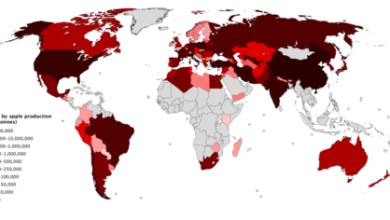

![Photo of Peat: [Characteristics, Utility, Obtaining and Application]](https://www.complete-gardening.com/wp-content/uploads/2022/08/peat-characteristics-utility-obtaining-and-application-390x220.png)